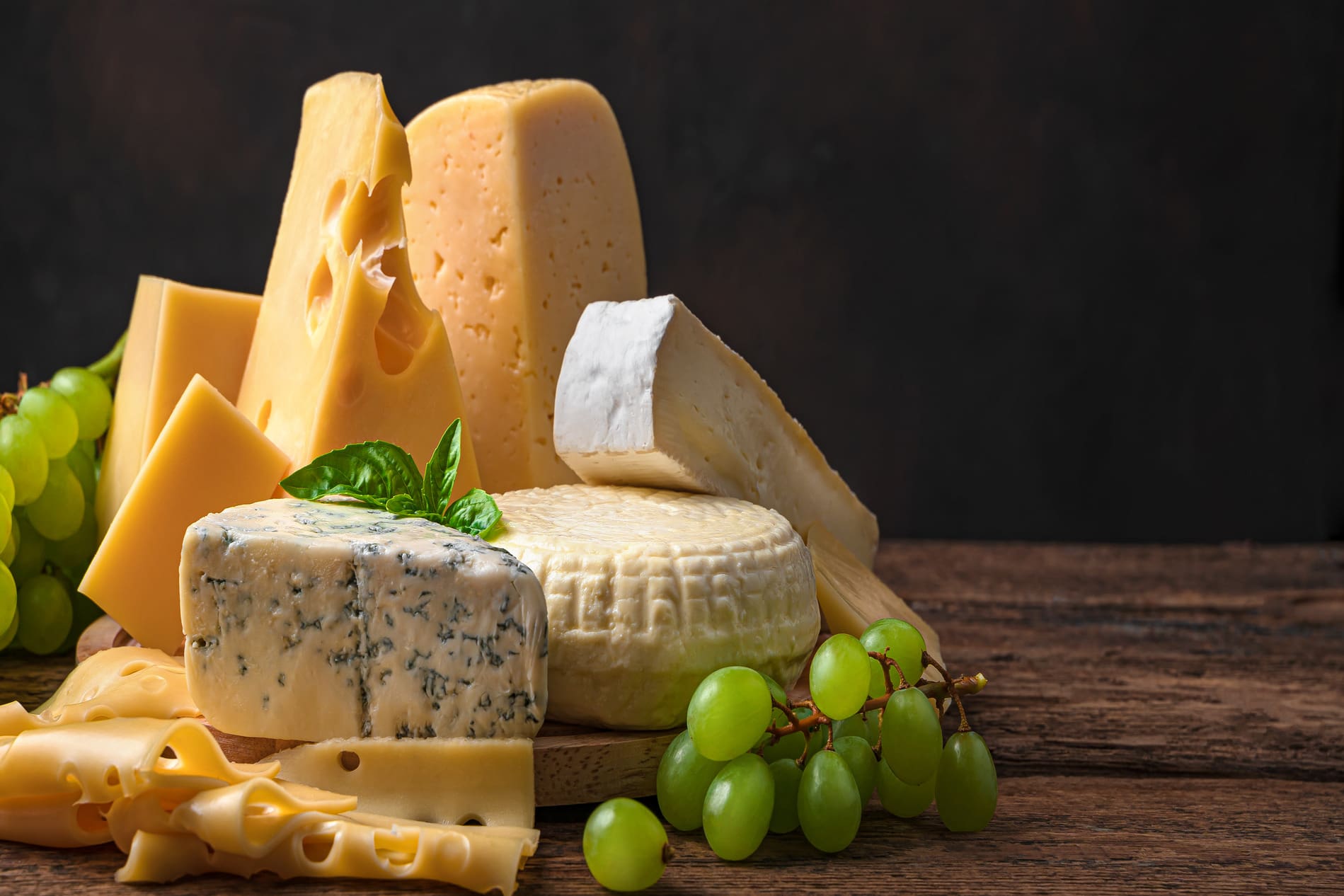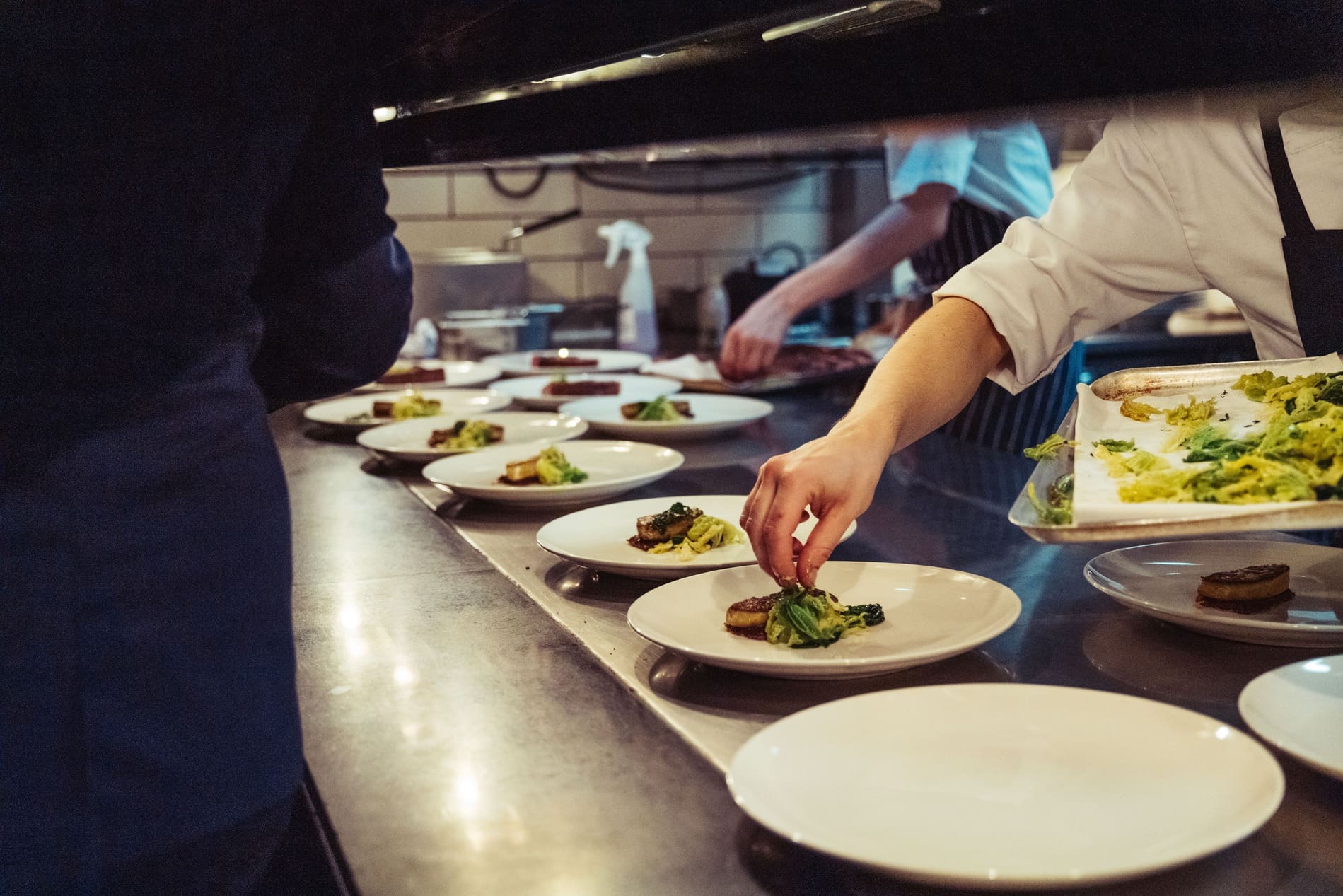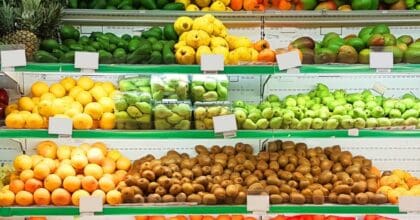When we look back at 2022, it may be remembered as a turning point for AI (artificial intelligence). At this point, you’ve likely heard of Open AI’s ChatGPT. In case you haven’t, ChatGPT is a natural language processor developed by Open AI that can respond to queries using human language. In other words, you can ask it a question or give it a task and it will respond in a way that’s mostly understandable and accurate.
As with all other industries, AI will undoubtedly impact the grocery and food and drink industries in ways that are difficult to fathom. The real promise, or threat, of AI is the rate at which it’s developing. For instance, just a few months after the introduction of GPT-3, a newer version, GPT-4, was released in early 2023. By all accounts, this enhanced version represents a step change in processing power and reflects the rapid pace at which AI is evolving.
AI’s swift development brings with it many questions related to how it will affect our lives, which many experts predict will be profound.
In terms of how food and drink brands relate to consumers, there are a couple of areas where AI can have a nearer-term impact on how individuals plan and prepare meals, and how brands engage with consumers.
1. AI can help brands develop more personal connections with consumers
Coca-Cola offers a prime example of how brands can leverage AI to form deeper connections with consumers. Using GPT-4 and DALL-E, Coca-Cola created a platform called “Create Real Magic”. As noted, GPT-4 produces human-like text from queries and DALL-E produces images from text. Leveraging these platforms, individuals from different countries were invited to visit www.createrealmagic.com to produce creative content related to Coca-Cola with AI that incorporated content from Coke’s advertising archives.
Creators were also invited to submit their work for the opportunity to be featured on Coca-Cola’s digital billboards in London’s Piccadilly Circus and New York’s Time Square.
This campaign can be viewed as a test case for how brands can use AI to engage consumers and deepen their connection with brands. Most advertising campaigns involve customers being passive recipients of messaging. In this case, AI allowed individuals to be active participants, providing them with tools to create brand-related content that also offers a sense of ownership.
2. AI can also help answer the question, “What should I make for dinner?”
Some days, deciding what to make for dinner is one of the toughest questions to answer. In this respect, Artificial Intelligence has the potential to be a co-pilot suggesting meal ideas based on different criteria such as diet, budget, preferred ingredients, or occasion. For instance, Microsoft’s search engine Bing, which utilizes AI from OpenAI, offers meal planning as an example for how to use its AI capabilities. Upon opening up Bing’s chat mode, a suggested question is “I need to throw a dinner party for six people who don’t eat nuts or seafood. Can you suggest a three-course menu?”
It’s easy to envision a situation in which AI will increasingly be the source of meal recommendations, particularly for younger adults who are already more likely to rely on online recommendations such as social media sites including TikTok and YouTube. One has to wonder, however, will advances in AI encourage consumers to prepare a wider variety of dishes? It’s difficult to say, but as AI becomes better at supplying recommendations on what to cook and eat, predicting what Canadians want for dinner may become more challenging as options become more expansive.
3. AI’s impact is uncertain but profound
The future impact of AI on the food industry remains uncertain and we’re likely at the beginning of this journey. What can be said with greater certainty is AI will impact nearly every area of our lives, and brands that leverage its potential to connect with consumers on both emotional and practical levels will be better positioned in the near and long term.
Want to learn more? Contact us today!








































